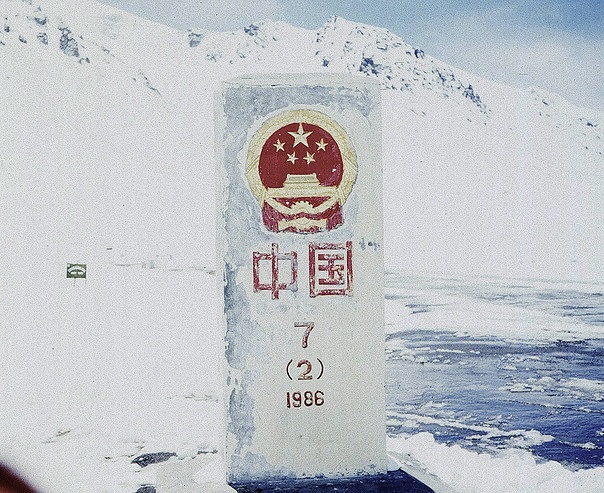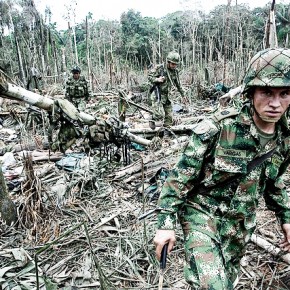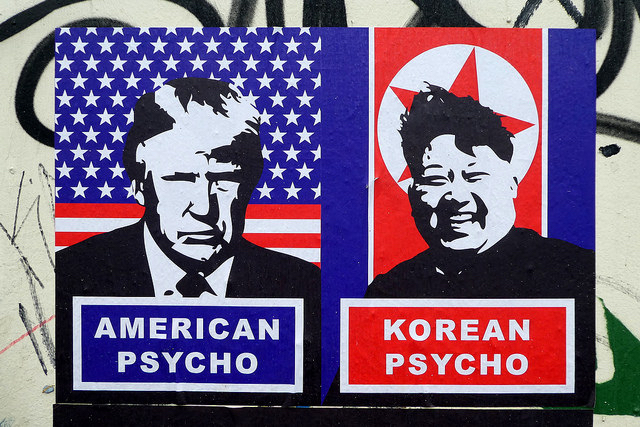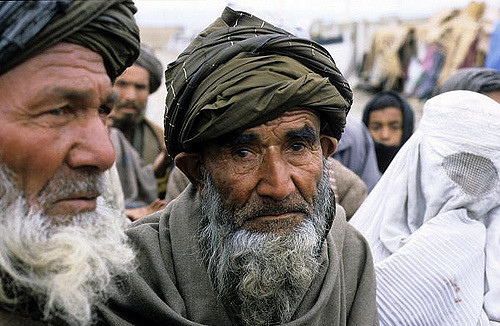For his first official state visit, newly-elected Afghan president Ashraf Ghani chose China. The move wasn’t surprising, considering that Kabul is looking for new foreign backers, and recognizes that China is seeking to reevaluate its relationship with Afghanistan. Its pledges betray an overall program of economic backing, rather than military support, that will define China’s relationship with Afghanistan in the coming years. According to Andrew Wilder, the Vice President of the United States Institute for Peace’s Center for South and Central Asia, Ghani wanted “tangible commitments of increased economic and political support.” He left Beijing with a variety of pledges that deliver on that objective.
They include 2 billion RMB ($327 million) of assistance through 2017, which far eclipses the $250 million that China has sent Afghanistan since 2001. This package alone will be a major source of income in a country that only takes in $2 billion of domestic revenue annually. China has also pledged to train 3,000 professionals, including through 500 scholarships, and will develop agriculture, hydroelectricity, and various infrastructure projects. Kabul and Beijing have also agreed to increase intelligence collaboration in order to fight drug trafficking, and various cross-border issues like smuggling. This is in addition to a continued long-term commitment to China’s two largest projects in Afghanistan: the Aynak copper mine (the largest in the world) and the Amu Darya oil field.
The common belief is that China will eventually replace the United States and NATO as an armed backer of the Ghani administration. While the situation could change, there is no reason to believe that China will simply insert itself as a “new America.” China is likely to carefully pursue its economic interests in Afghanistan while allowing other actors to handle security, as has been the case for the past decade with the United States and Pakistan taking point. Beijing is currently more concerned with developing a decade-old plan to turn Afghanistan into a “regional land bridge,” linking it to regional and global trade to build an economy based on tariffs and natural resource extraction.
Afghanistan got a seat on the Shanghai Cooperation Organization in 2012 at China’s request, and the next year, Beijing announced a plan to build a “new Silk Road” through Asia. Two weeks ago, China went even further, announcing a $40 billion fund to build the Silk Road Economic Belt at the Asia-Pacific Economic Cooperation summit. Afghanistan is an essential part of the plan, which will build the infrastructure that links Chinese trade to the Middle East, as well as Gwadar port in Pakistan. The evidence is that China sees Afghanistan less as a battlefield, and more as a trading partner.

Despite these realities, there is still a basis for China to become militarily involved in Afghanistan in the future. This will most likely surround the investments themselves, since many projects are stalled as a result of the country’s security situation. For instance, the Aynak copper mine has the bad luck of being situated in Haqqani territory.
China will have difficulty fully realizing its aspirations in Afghanistan without providing military aid and intervening directly, or aligning itself with a complex set of factions in the country. Presently, the Chinese Communist Party is extremely wary of becoming too involved. Thus, while it has expanded ties with Ghani, Beijing has also quietly maintained a relationship with the Quetta Shura since the Taliban’s overthrow. It is the only state to do so other than Pakistan, and it is widely believed in diplomatic circles that China is prepared to pursue its economic interests with the Taliban if necessary.
Talibani-Chinese ties have actually existed since the 1990s, and would likely continue if the current system is overthrown. Beijing has been most worried that the Uighur independence movement in its western province of Xinjiang will find safe haven in eastern Afghanistan, especially since Uighur militants set up training camps in Afghanistan and northwestern Pakistan in the late 1990s, following crackdowns in China. Although Uighur militants are predominantly not Islamic fundamentalists in the Taliban mode, diplomats and Chinese officials often implicitly link the two, owing to this earlier marriage of convenience, and a general refusal to acknowledge the complex ethnic and political landscape of Muslim Xinjiang.
This led to icy relations between Beijing and Talibani Kabul until December 2000, when Mullah Omar assured the Chinese ambassador to Pakistan that the Taliban would not “allow any group to use its territory to conduct any such operations” against China. Beijing was supposed to repay the Taliban with diplomatic recognition, and bilateral trade agreements, but the September 11th attacks made these plans moot.
It is likely that this careful exchange of diplomatic concessions would resume under a resumption of Taliban rule. As with all sides of the Chinese relationship with Afghanistan, the central questions will focus on stability, resource extraction, and the geopolitics of trade. It remains to be seen whether this will give way to a relationship that is similar to that of the United States and Saudi Arabia, or if history will be prophetic, and yet another ascendant global power will meet its end in Afghanistan.
Photographs courtesy of kattebelletje and Robert. Published under a Creative Commons License.





